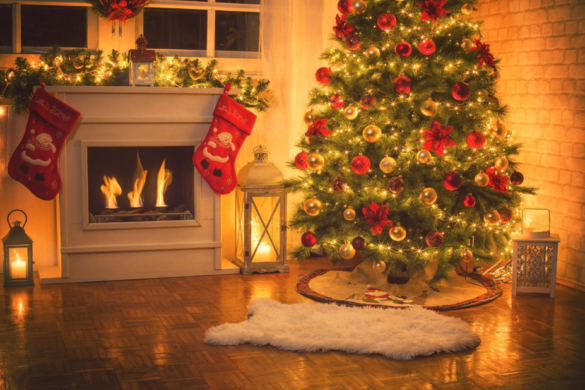Collecting vintage chess sets is a captivating pursuit for history enthusiasts, chess lovers, and antique collectors alike. The allure of owning a chess set that has stood the test of time is undeniable, from the rich patina of well-seasoned wood to the meticulous hand-carved details found only in true antiques. However, with contemporary reproductions flooding the market, separating authentic vintage chess sets from modern imitations demands careful attention to various details. Discerning buyers often seek rare styles, including Renaissance chess sets, to add to their collections, but understanding what truly signifies authenticity is essential.
Knowing what distinguishes a genuine antique chess set from a skillful reproduction ensures long-term value and historical integrity. This guide explores the essential hallmarks of vintage chess sets, outlining the materials, craftsmanship, aging signs, provenance documentation, and expert guidance necessary to make informed choices. Whether you’re an established collector or a beginner eager to cultivate an eye for quality, the following steps serve as your framework for mastery.
Examine the Materials
Materials are among the most distinct markers of authenticity in vintage chess sets. Genuine antique pieces were typically crafted from premium materials such as ebony, boxwood, rosewood, ivory, bone, and occasionally, precious metals or stone. For example, early Staunton sets from the mid-19th century are renowned for their dense, lustrous woods and turned bases. Less common, but highly collectible, are Renaissance chess sets crafted from intricate stones or metals, which reflect art movements and royal patronage of their time. If plastic or inferior materials predominate—even on supposedly “vintage” pieces—it’s a red flag that the set may not be authentic.
Assess the Craftsmanship
The hallmark of an authentic vintage chess set is exceptional craftsmanship. Antique chessmen were individually hand-turned and carved, resulting in subtle asymmetries and intricacies that differentiate each piece. Pay close attention to details: the deeply carved knight’s mane, the precise beading on crowns, and the weighting or balance of each piece. Machine-made reproductions tend to be overly uniform, with less artistry or variation across the set. Antique chess sets often feel dense and well-balanced in the hand, a testament to their careful construction and superior materials.
Look for Signs of Aging
Time leaves unmistakable marks on genuine antiques. Authentic vintage sets will exhibit a natural patina—a mellow sheen on wood formed over years of handling and exposure to air. Ivory and bone may show subtle yellowing or fine cracks, known as “crazing.” Metal sets may develop tarnish, which, unless artificially replicated, is challenging to reproduce convincingly. Avoid sets that look conspicuously new or uniformly aged; genuine wear rarely appears evenly on all pieces.
Verify Provenance
Provenance, a chess set’s documented origin and ownership history, dramatically enhances both value and authenticity. Genuine antiques often come with supporting documentation such as receipts, appraiser notes, or references in auction catalogs. For treasured pieces, especially those claimed to hail from prominent collectors or chess events, always ask for certificates of authenticity or written records of previous ownership. Such paperwork adds credibility and can protect buyers from unwittingly investing in high-quality reproductions.
Consult Experts
When doubt persists, or if you’re considering a significant purchase, consult a credible antique dealer, chess set appraiser, or seasoned collector. Professionals bring decades of insight and may recognize period-specific details invisible to casual observers. Many auction houses offer authentication services for valuable collections. In addition, reputable online forums and collector groups can provide peer input, and sites frequently feature expert commentary on notable sets.

Be Cautious of Reproductions
Modern reproductions are often sophisticated and deceptively well made, frequently copying designs and proportions from famous periods. However, they typically use modern woodworking or casting techniques, which leave subtle but detectable patterns—too-smooth surfaces, uniform finishing, or standardized components. Many reproductionsa lack the character, weight, and patina of true antiques. Be cautious if an offer seems too good or if a seller cannot provide history or references for the set.
Final Thoughts
Separating authentic vintage chess sets from reproductions is both an art and a science, requiring a blend of practical skills, historical knowledge, and instinct. Genuine antiques reveal themselves through quality materials, masterful craftsmanship, natural aging, verified provenance, and the expertise of trusted advisors. By practicing due diligence and seeking reputable sources, collectors can build a truly historic chess collection that endures for generations.









